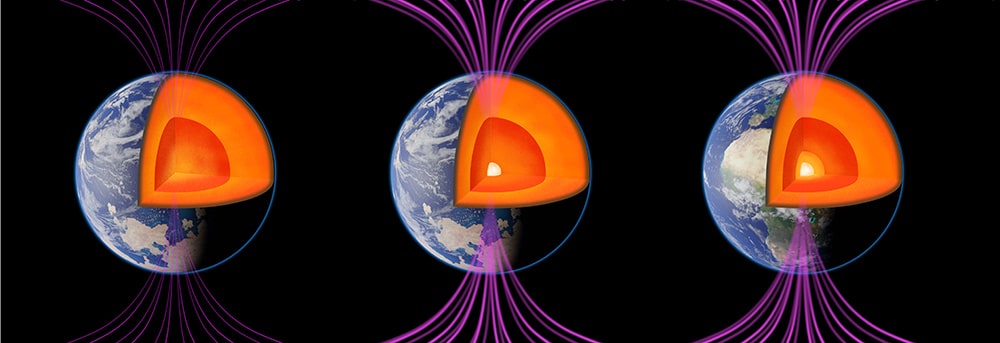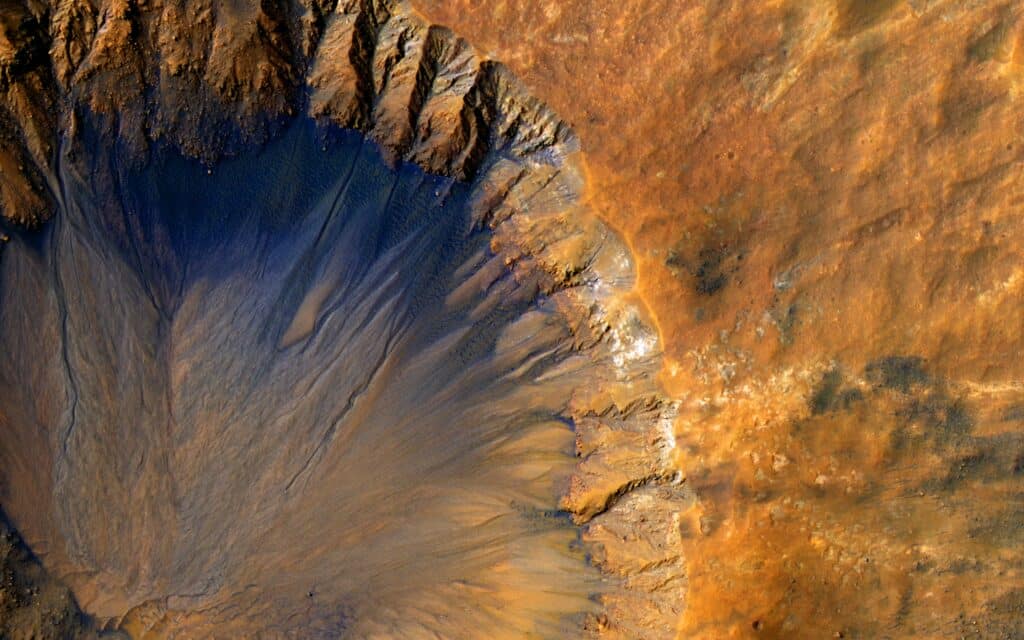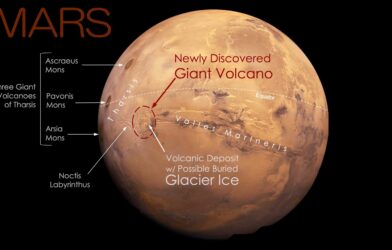Researchers believe they have discovered why Earth avoided a fate like Mars. The Red Planet was once home to water but is now barren. Scientists from the University of Rochester say Mars’ magnetic field dissipated over time, leaving the planet without oceans and vulnerable to solar wind.
Thanks to ancient rocks, scientists discovered that Earth’s magnetic field was restored when the planet’s solid inner core formed 550 million years ago. The magnetic field, which is invisible, protects Earth from solar wind, which are streams of radiation from the sun.
According to researchers, Earth’s magnetic field decreased to 10 percent of its present-day strength about 565 million years ago. However, the magnetic field mysteriously bounced back as it regained its strength just before the Cambrian explosion of multicellular life on Earth.

The magnetic field increased its strength within a few tens of millions of years and coincided with the formation of Earth’s solid inner core. This suggests the core is likely a direct cause of rejuvenation.
“The inner core is tremendously important,” says John Tarduno, a professor of geophysics in the Department of Earth and Environmental Sciences, in a university release. “Right before the inner core started to grow, the magnetic field was at the point of collapse, but as soon as the inner core started to grow, the field was regenerated.”
Researchers were able to unlock information due to ancient rocks. The magnetic field’s direction and intensity are locked in minerals that rise to the Earth’s surface and contain tiny magnetic particles. Researchers used a carbon dioxide laser and the lab’s superconducting quantum interference device (SQUID) magnetometer to analyze feldspar crystals from the rock anorthosite. This better constrains the age and growth of the inner core.
Tarduno says these crystals have minute magnetic needles within them that are “perfect magnetic recorders.”
Researchers were able to determine two new important dates in the history of the inner core due to the magnetism locked in ancient crystals. The magnetic field renewed rapidly 550 million years ago after a near collapse 15 million years before that. The rapid renewal was caused by the formation of a solid inner core that recharged the molten outer core and restored the magnetic field’s strength.
Moreover, the growing inner core’s structure changed 450 million years ago. Researchers say these changes coincide with changes around the same time in the structure of the overlying mantel, due to plate tectonics on the surface.
“Because we constrained the inner core’s age more accurately, we could explore the fact that the present-day inner core is actually composed of two parts,” explains Tarduno. “Plate tectonic movements on Earth’s surface indirectly affected the inner core, and the history of these movements is imprinted deep within Earth in the inner core’s structure.”
Tarduno added, while it’s unclear whether the absence of a magnetic field would have caused Earth to meet the same fate as Mars, “Earth certainly would’ve lost much more water if Earth’s magnetic field had not been regenerated. The planet would be much drier and very different than the planet today.”
Researchers state that a magnetic field is vitally important in terms of planetary evolution.
“The research really highlights the need to have something like a growing inner core that sustains a magnetic field over the entire lifetime — many billions of years — of a planet,” concludes Tarduno.
The study is published in the journal Nature Communications.












